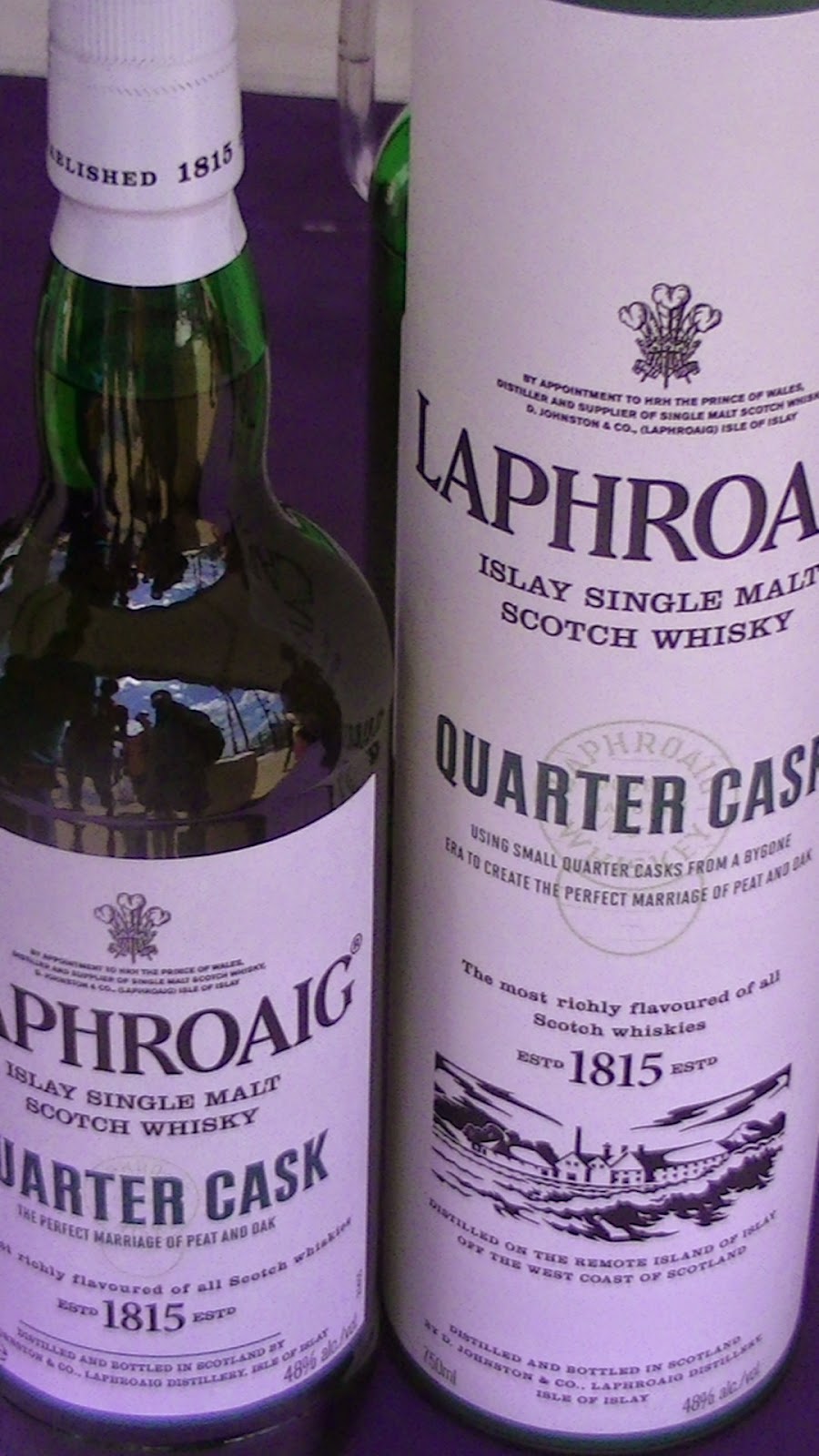 Everyone knows that Oregon is producing fantastic Pinot Noir, but did you know Oregon has 16 approved American Viticultural Areas (AVAs)? You probably did. Did you know that the largest, the Willamette Valley AVA is subdivided into smaller sub-AVAs? Yea, but did you know that in one of these sub-AVAs, the McMinnville AVA, one producer makes Pinot Noir from 25 year old vines that are own rooted? I didn't know that until Wayne Bailey, proprietor and winemaker of Youngberg Hill Vineyards (1,500 case production) came to Virginia on a short marketing excursion. And I caught up with Wayne to sample his wines and talk shop at The Wine Cabinet in Reston.
Everyone knows that Oregon is producing fantastic Pinot Noir, but did you know Oregon has 16 approved American Viticultural Areas (AVAs)? You probably did. Did you know that the largest, the Willamette Valley AVA is subdivided into smaller sub-AVAs? Yea, but did you know that in one of these sub-AVAs, the McMinnville AVA, one producer makes Pinot Noir from 25 year old vines that are own rooted? I didn't know that until Wayne Bailey, proprietor and winemaker of Youngberg Hill Vineyards (1,500 case production) came to Virginia on a short marketing excursion. And I caught up with Wayne to sample his wines and talk shop at The Wine Cabinet in Reston. Born on an Iowa farm and tutored in Burgundy, Bailey purchased Youngberg Hill in 2003 after learning it was one site a majority of Oregon winemakers would seek to purchase fruit. The vineyard was first planted in 1989 by Ken Wright and the fruit used in his Panther Creek wines. Today these vines are known as the Jordan and Natasha blocks and the Pommard and Wadenswil clones are own rooted. The Natasha block is located at 600' and consists of sandy marine sediment that helps to ward off the phylloxera louse. The Jordan block is located higher at 800' on volcanic rock. Bailey practices both LIVE and Biodynamic farming and strongly believes that the healthy environment may even help the vines recover if the louse strikes. As long as he has patience, 10 years patience. Bailey also believes biodynamic farming's major benefit is providing guidelines on what not to do. For instance, in order to alleviate powdery mildew, organic vineyards can use sulfur, which remains on the grapes and soil and can creep into a wine. Instead, he uses whey protein. And instead of spraying to rid the vineyard of red or rustic mites, which would also kill beneficial mites, he leaves patches of grass that attract insects that feed on these specific mites. And there are plenty of other examples of sustainable agriculture practiced in Oregon.

At The Wine Cabinet, Bailey was pouring samples of four wines, all estate except for the 2012 Cuvee Pinot Noir. We started with the 2013 Aspen Pinot Gris ($28, 11.8%). The wine has a strong apricot flavor and a depth not usually associated with the grape. Nice acids too. The 2012 Cuvee Pinot Noir ($40, 14.5%) is interesting in that it is composed of the Dijon 777 clone from three vineyards in the Willamette Valley AVA - including Youngberg's Bailey vineyard. This is a dark wine, both in color and with dark cherry flavors, easy tannins, and finishes with appropriate acids. I mentioned the features of the Natasha block above and the 2012 Natasha Pinot Noir ($50, 13.8%) is quite enjoyable with more dark cherry and some blackberry flavors, white and black pepper mingle in the palette, a little earthy funkiness, and the wine finishes with mellow tannins and plenty of acids. Bailey mentioned that the acids result from the higher altitude and the tannins are fruit tannins, not wood tannins. The final wine was the 2012 Jordan Pinot Noir ($50, 13.4%) which is a deeper, more complex, and more tannic version of the Natasha. With patience, this is one to lie down for awhile.
Younberg Hill strongly encourages visitors. The Bailey's operate an Inn on site and for those who like to cycle, they have initiated a program where after visiting area wineries, all purchased wine will be delivered to the Inn. No need to haul wine bottles in the backpack. Here's hoping I can be one of these cyclists soon. Cheers.












































